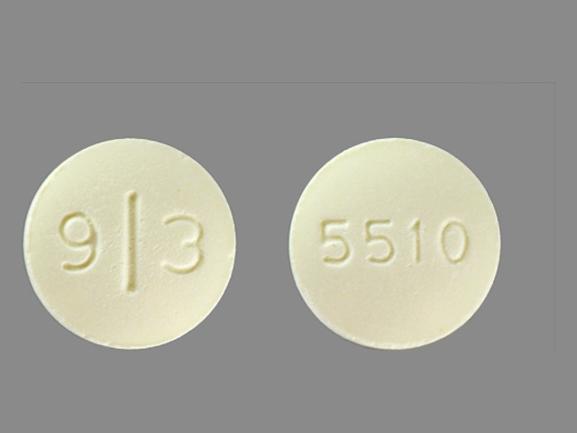Mercaptopurine Disease Interactions
There are 5 disease interactions with mercaptopurine.
Antineoplastics (applies to mercaptopurine) infections
Major Potential Hazard, High plausibility. Applicable conditions: Infection - Bacterial/Fungal/Protozoal/Viral
Because of their cytotoxic effects on rapidly proliferating tissues, antineoplastic agents frequently can, to varying extent, induce myelosuppression. The use of these drugs may be contraindicated in patients with known infectious diseases. All patients should be instructed to immediately report any signs or symptoms suggesting infection such as fever, sore throat, or local infection during antineoplastic therapy. Close clinical monitoring of hematopoietic function is recommended.
Mercaptopurine (applies to mercaptopurine) hepatic dysfunction
Major Potential Hazard, Moderate plausibility. Applicable conditions: Liver Disease
Mercaptopurine is hepatotoxic. Hepatic injury can occur at any dosage, however, increased frequency of injury occurs when doses exceed 2.5 mg/kg/day. Deaths due to hepatic necrosis have been reported. Patients should be instructed to immediately report any signs of hepatotoxicity such as jaundice, hepatic dysfunction such as, jaundice, dark urine, right upper quadrant pain, or anorexia. Therapy with mercaptopurine should be administered cautiously in patients with or predisposed to compromised hepatic function. Clinical monitoring of hepatic function and determination of the etiology of hepatic dysfunction is recommended.
Mercaptopurine (applies to mercaptopurine) myelosuppression
Major Potential Hazard, High plausibility. Applicable conditions: Bleeding, Bone Marrow Depression/Low Blood Counts, Fever
Mercaptopurine induces dose-related myelosuppression which can be delayed. Leukopenia, thrombocytopenia, and anemia have been reported during mercaptopurine therapy. Therapy should be administered cautiously in patients with myelosuppression and therapy should be withheld at the first indication of an abnormally large reduction of any bone marrow element. Patients should be instructed to immediately report any signs or symptoms suggesting bone marrow suppression such as fever, sore throat, local infection, or bleeding. Close monitoring of hematopoietic function is recommended.
Thioguanine (applies to mercaptopurine) TMPT enzyme deficiency
Major Potential Hazard, Moderate plausibility. Applicable conditions: Enzymopathy (Unspecified)
Thioguanine is closely related structurally and functionally to mercaptopurine. A rare deficiency in the enzyme thiopurine methyltransferase (TMPT) results in an increased sensitivity to the myelosuppressive effects of both drugs causing rapid bone marrow suppression following initial mercaptopurine or thioguanine administration. Therapy with thioguanine or mercaptopurine should be administered cautiously and at a reduced dose in patients with TMPT deficiency.
Mercaptopurine (applies to mercaptopurine) renal dysfunction
Moderate Potential Hazard, Moderate plausibility.
Mercaptopurine is excreted in the urine as unchanged drug and metabolites. Renal elimination may be reduced in patients with impaired renal function. Therapy with mercaptopurine should be initiated at a reduced dosage in patients with compromised renal function. Clinical monitoring of renal function is recommended.
Switch to professional interaction data
Mercaptopurine drug interactions
There are 303 drug interactions with mercaptopurine.
Mercaptopurine alcohol/food interactions
There is 1 alcohol/food interaction with mercaptopurine.
More about mercaptopurine
- mercaptopurine consumer information
- Check interactions
- Compare alternatives
- Pricing & coupons
- Reviews (32)
- Drug images
- Latest FDA alerts (3)
- Side effects
- Dosage information
- During pregnancy
- Drug class: antimetabolites
- Breastfeeding
- En español
Related treatment guides
Drug Interaction Classification
| Highly clinically significant. Avoid combinations; the risk of the interaction outweighs the benefit. | |
| Moderately clinically significant. Usually avoid combinations; use it only under special circumstances. | |
| Minimally clinically significant. Minimize risk; assess risk and consider an alternative drug, take steps to circumvent the interaction risk and/or institute a monitoring plan. | |
| No interaction information available. |
See also:
Further information
Always consult your healthcare provider to ensure the information displayed on this page applies to your personal circumstances.


